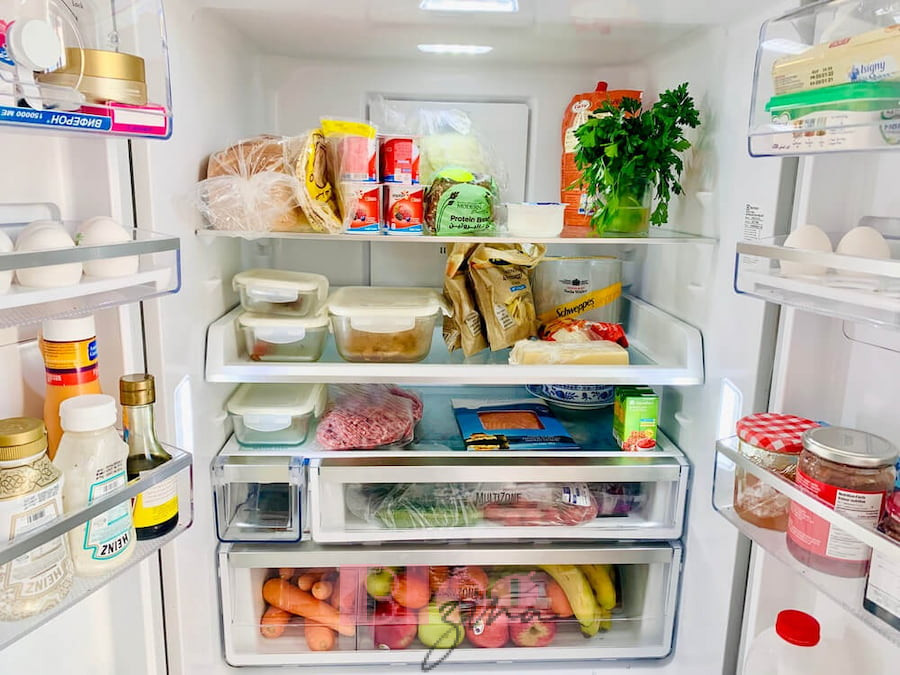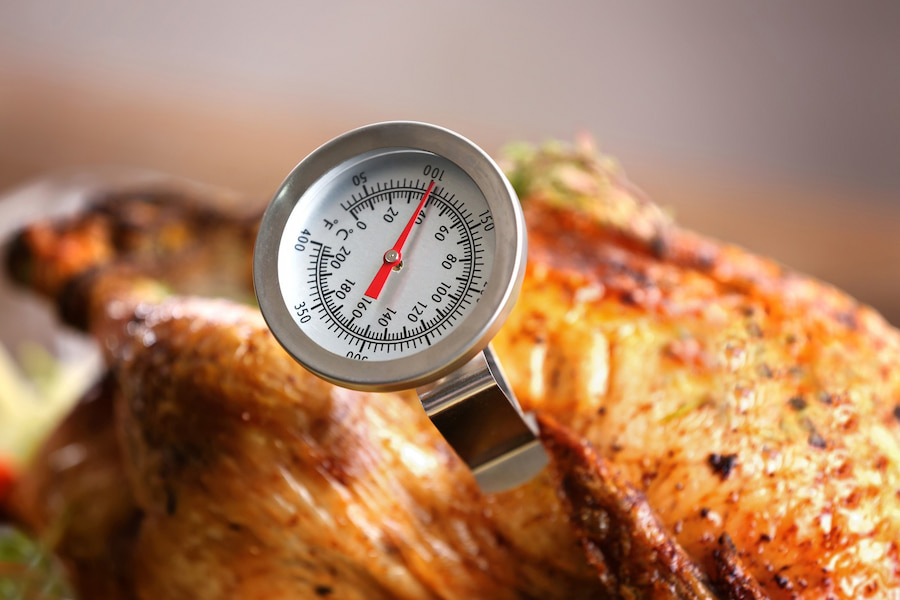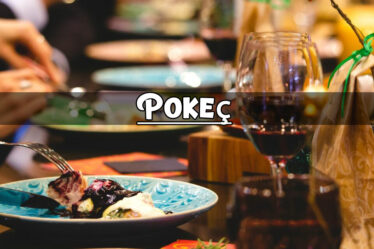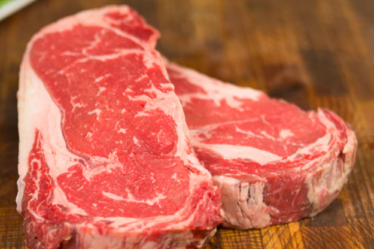
Storing perishable foods, such as dairy products, meat, and leftovers, in the refrigerator at appropriate temperatures is essential. Refrigeration helps slow down the growth of bacteria and prevents food spoilage. Understanding the recommended temperature range for refrigeration (typically between 35°F to 40°F or 2°C to 4°C) and organizing the refrigerator to maintain proper airflow and separation between different food items are key considerations even for the hot food cabinet.
Freezing
Utilizing the freezer is an effective way to preserve food for longer durations. Proper packaging and labeling are crucial to maintain the quality of frozen food. It is important to use airtight containers or freezer bags to prevent freezer burn and protect against moisture loss. Additionally, labeling items with the date of freezing helps keep track of their freshness and facilitates a first-in, first-out (FIFO) approach when using frozen foods.
Pantry Storage
Some foods are safe to store at room temperature in the pantry. Understanding which foods can be stored this way and how to store them properly is important to prevent spoilage or contamination. For example, items like canned goods, dry goods (such as rice and pasta), and some condiments can be stored in the pantry. It is important to keep pantry storage areas cool, dry, and away from direct sunlight to maintain the quality and shelf life of these items.
Temperature Monitoring
Refrigerator and Freezer Thermometers:
Regularly monitoring and maintaining optimal temperature settings in refrigerators and freezers is crucial for food safety. Using thermometers specifically designed for refrigeration appliances helps ensure that the temperatures remain within the safe range. It is recommended to place thermometers in the warmest and coldest spots of the refrigerator and freezer to identify any temperature inconsistencies and make necessary adjustments.
Hot and Cold Holding:
When serving or holding food, it is important to maintain proper temperature conditions to prevent bacterial growth and ensure food safety. Hot foods should be kept at the appropriate serving temperature, usually above 140°F (60°C), to prevent bacterial growth. Cold foods, on the other hand, should be kept below 40°F (4°C) to inhibit the growth of harmful bacteria. Using warming trays, chafing dishes, or refrigerated display cases can help maintain the desired temperatures when serving food at events, buffets, or restaurants. Regular temperature checks and adjustments should make to ensure food remains within the safe range.
Safe Food Handling
Rapid Cooling:
After cooking hot foods, it is important to cool them rapidly before refrigeration. Rapid cooling helps minimize the time the food spends in the temperature danger zone (between 40°F to 140°F or 4°C to 60°C), where harmful bacteria can multiply rapidly. This can achieve by dividing large portions into smaller, shallow containers, placing them in an ice bath, or using a blast chiller. Rapid cooling helps maintain food safety and quality.
Proper Thawing:
When thawing frozen foods, it is crucial to follow safe methods to avoid bacterial growth. The recommended methods include thawing in the refrigerator, which allows for slow and controlled thawing, using the microwave on the defrost setting, or placing the food in cold water (in a leak-proof bag) and changing the water every 30 minutes. These methods help prevent the outer layers of the food from reaching a temperature where bacteria can grow rapidly.
Avoiding Temperature Abuse:
Perishable foods should be keep out of the temperature danger zone as much as possible to prevent the growth of harmful bacteria. This involves limiting the time that perishable foods spend at room temperature, especially during preparation, serving, and buffet settings. Food should not left out for more than two hours, or one hour if the ambient temperature is above 90°F (32°C). Proper planning, using chafing dishes, or keeping foods refrigerated until serving can help minimize temperature abuse.
Insulated Containers and Thermal Bags

Utilizing Insulated Containers:
Insulated food storage containers or thermos flasks are useful for maintaining the temperature of hot or cold foods while on the go. These containers are design to provide insulation and keep food at the desired temperature. They can use to keep soups, stews, or hot beverages hot, or salads and chilled desserts cold. Insulated containers help ensure that perishable foods remain safe and enjoyable to consume when consumed away from home.
Thermal Bags for Transportation:
When transporting perishable items, such as groceries or prepared meals, using insulated thermal bags or coolers is essential to keep them at the proper temperature. These bags or coolers provide insulation and help maintain the cold chain or hot chain, preserving the freshness and safety of the food during transit. Thermal bags are particularly important when transporting foods that require refrigeration to prevent bacterial growth and maintain food quality.
By practicing safe food handling techniques such as rapid cooling, proper thawing methods, and avoiding temperature abuse, individuals can reduce the risk of foodborne illnesses and maintain the quality of their food. Additionally, utilizing insulate containers and thermal bags ensures that hot and cold foods are keep at the appropriate temperatures during transportation, promoting food safety and enjoyable dining experiences.
Also, read this: How to Make Food More Delicious for Vegetarians?


